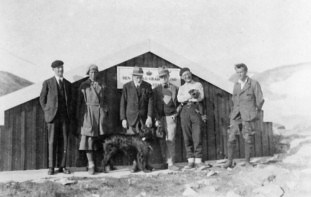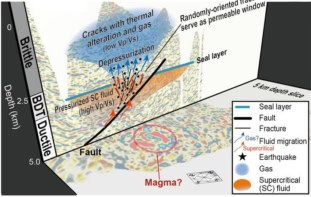Increasing numbers of cities and countries around the globe are pledging to become net carbon neutral within the next few decades. But what will day-to-day life look like in a “net-zero” world? Kate Ravilious looks at the changes that society will need to make

I live in the UK city of York and in March 2019 it declared a climate emergency, with the city’s council agreeing to become net carbon neutral by 2030. It was a bold declaration and an ambitious target. But York is far from alone in taking such a stand – more than 70 countries and hundreds of cities have now pledged to reduce carbon emissions to net zero by 2050 or sooner. Some countries, including the UK, have even turned this into a legally binding target. Right now, there is lots of discussion about how we might reach net zero, but what will it feel like to live in this clean, green world?
Like many others, in pre-COVID-19 times, I drove my car to the supermarket, went to work in a draughty office, heated my home with gas central heating, ate meat a couple of times each week, and liked to go somewhere warm for a holiday each year. Over the last few years I’ve made a few changes to my life to cut my own carbon footprint – taking the train instead of flying; trying to cycle more, instead of driving; eating less meat and dairy; and putting on another jumper instead of turning the thermostat up. But I’ve got a long way to go before I fully neutralize that footprint. However, if my hometown manages to keep its pledge, I’ll be living in a net-zero city in just 10 years’ time, and once my children are grown-up we’ll be living in a carbon-neutral country.
Currently, the UK government believes that we’ll have to use carbon-capture-and-storage technology to reach our targets. If we go down that route, then net-zero living may not feel too different to life today (see box below). But burying our emissions isn’t the only option. A forthcoming report from the Centre for Research into Energy Demand Solutions (CREDS) explores an alternative path based on radical reduction in energy demand. Meanwhile, Cambridgeshire County Council recently published Net Zero Cambridgeshire, which plots a more middle-of-the-road path by proposing both decreasing energy usage, and using carbon-capture-and-storage technology to reach net zero. Last November UK FIRES (a research collaboration between five UK universities) published Absolute Zero – a report detailing how the UK might completely eliminate all its greenhouse-gas emissions by 2050.
The technological fix
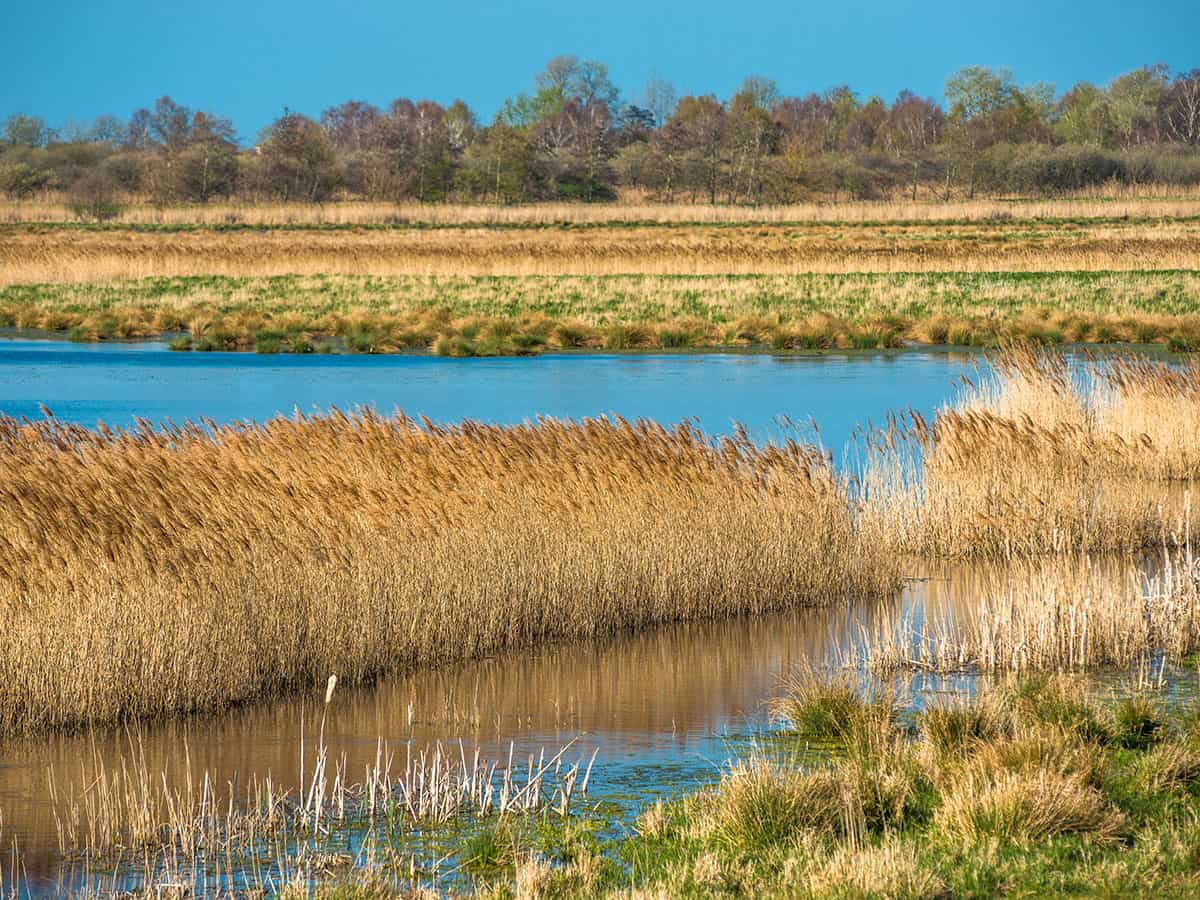
One way of slowing climate change is to take the offending greenhouse gases out of the air. Natural solutions include planting trees and restoring peatlands, while the main technological contender is carbon capture and storage (CCS) – gathering carbon dioxide from a power station, for example, and pumping it into an underground storage area. The UK is well placed to take advantage of CCS. “Our oil and gas industry has left us with many suitable reservoirs under the North Sea – enough to store 100 to 200 years’ worth of emissions for the UK,” says Stuart Haszeldine, a CCS expert at the University of Edinburgh. The carbon dioxide would remain locked underground for tens of thousands of years, buying us more time to bring emissions down.
If we do embrace this route to net zero, then Haszeldine envisages hydrogen being the fuel of choice for heating our homes (using the existing gas network), and electric and biofuels meeting many other energy needs. As for food, meat will stay on the menu, but might be lab-grown rather than from the farm. Life will feel a bit different, but not radically different from today.
However, Haszeldine is clear that CCS is not an excuse to slack off. “We still need to do everything we can to decrease emissions, but CCS is our insurance policy. It’s worth doing multiple actions in case some fail.”
Bringing it home
Like many other cities in the UK, a significant chunk of York’s greenhouse-gas emissions – around a third in fact – come from heating and powering our houses. Reducing energy use at home is going to be a crucial aspect of reaching net zero. “When it comes to homes we are going to have to phase out carbon-based heating,” says James Weber, a climate scientist at the University of Cambridge and one of the authors of Net Zero Cambridgeshire.
So that’s goodbye gas and hello low-carbon heat sources such as heat pumps, photovoltaics and smart energy-storage systems. But eco-energy alone won’t be enough; extensive improvements in energy efficiency are needed too. Indeed, the CREDS team calculates that we can halve our domestic energy demand so long as two-thirds of UK homes become super-insulated and have their gas boilers replaced within the next 15 years.
It’s goodbye gas and hello low-carbon heat sources. But eco-energy alone won’t be enough; extensive improvements in energy efficiency are needed too
It sounds like a serious undertaking, but some people have already embraced the challenge. Phil Bixby, a York-based architect, has retrofitted his end-of-terrace Victorian brick house to be super-energy efficient. “I didn’t do this to be an eco-warrior; I did it because it seemed the responsible thing to do and I wanted to show that you don’t have to forgo comfort to do this,” he says.
Superficially, the interior of Bixby’s house looks like any other home, but closer inspection reveals otherwise. Leading me over to the window during my visit in January, Bixby points out the additional 12 cm or so of insulation that has been added to the exterior walls. He chose high-performance polyurethene – a commonly used insulation material – over natural fibres such as sheep’s wool or hemp because it is more efficient, requiring less material, and hence wall thickness, for the same level of insulation. Looking around I also realize that there are no radiators; three electric towel rails and a small area of underfloor heating is the only additional warmth the house needs. To prevent condensation, a mechanical ventilation system extracts damp air and pulls in fresh air to all the living spaces. Meanwhile, in the dining room, positioned in pride of place, is a Tesla battery unit, which stores any excess electricity generated by the building’s solar panels and pulls electricity from the grid when extra is needed. Using weather-forecast data, it optimizes capturing solar energy on sunny days, and buys electricity when it is cheapest, helping to smooth the National Grid’s load.
The house doesn’t achieve official “Passivhaus” standards – where heat loss is reduced so much that the building hardly needs any heating at all – but it isn’t far off. “Our energy bills are around £700 per year now; approximately half of what they used to be,” says Bixby. And cheaper energy bills are not the only benefit. The filtered air helps prevent respiratory problems and the thick walls make it super quiet.
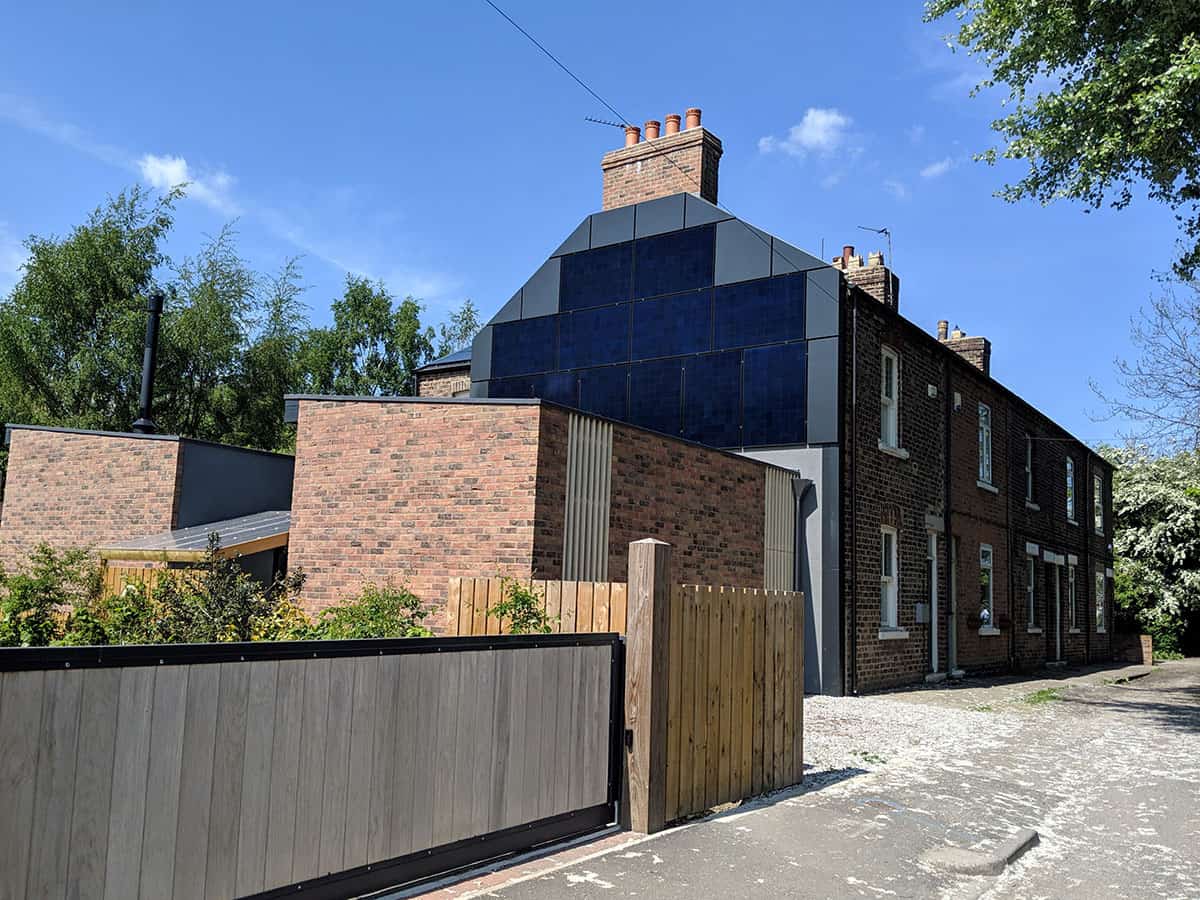
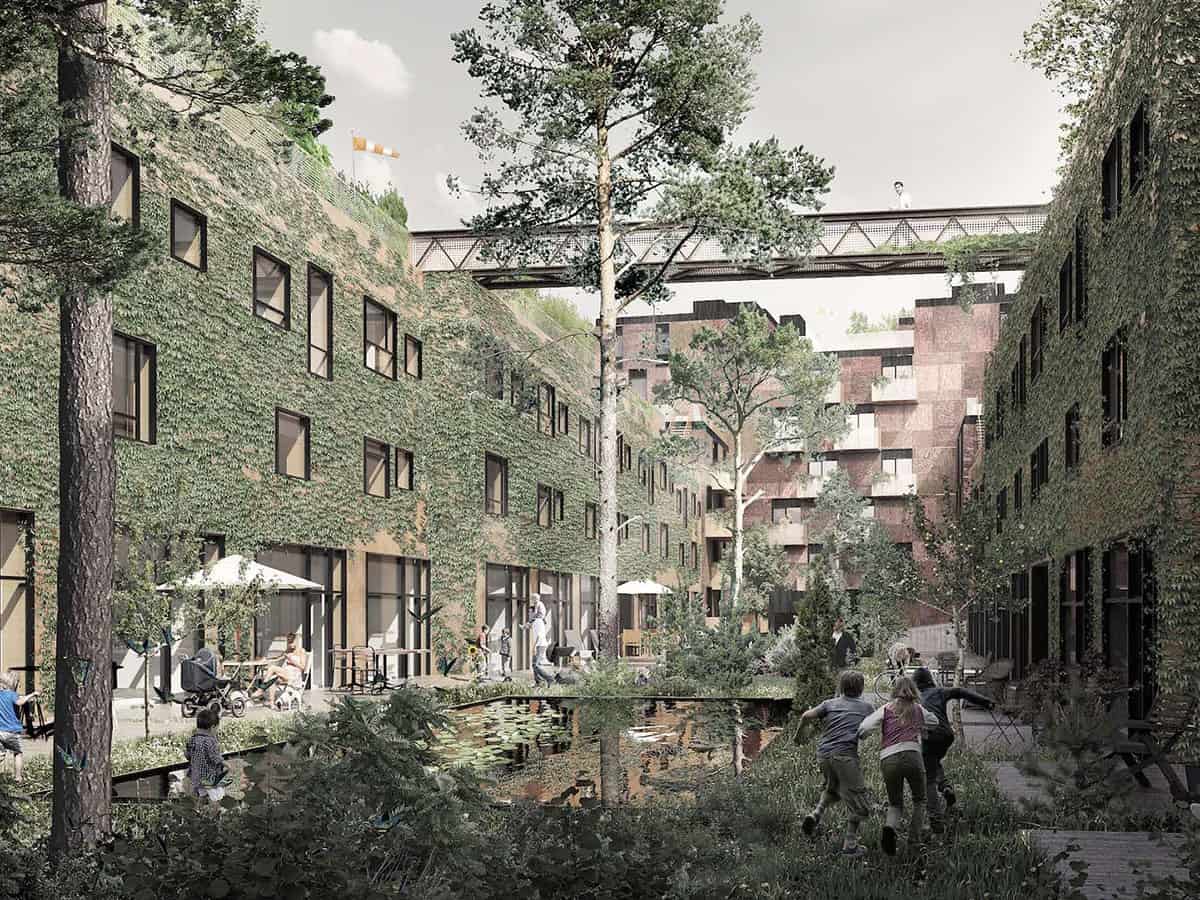
Retrofits like Bixby’s don’t come cheap, but they could play a role in solving the UK’s housing crisis. The government’s target is to build 300,000 new homes every year by the mid-2020s, but the CREDS team says that repurposing empty homes could reduce the number of new-builds to under 200,000 every year, and breathe new life back into small towns, where many of the empty homes lie. “Building a new home can emit around 70 tonnes of carbon dioxide – approximately 15 return flights from the UK to Australia,” says John Barrett from the Sustainability Research Institute at the University of Leeds, UK, and co-ordinator of the forthcoming CREDS report. Around half the embedded energy in a building lies in the concrete and steel, so repurposing rather than demolishing can significantly reduce emissions.
Some architects are already embracing this philosophy. In the Danish city of Copenhagen, for example, architect Anders Lendager’s recent housing development, called Resource Rows, reused panels of brickwork from the demolition of a Carlsberg brewery building, halving carbon-dioxide emissions compared to conventional construction. And less flashy but equally impressive is the refurbished Minerva building in Leeds, which reused the existing concrete and steel frame of its 1970s predecessor to create a modern and energy-efficient office building.
Travelling with no footprint
So far, so good, but an eco-home can only get you so far. How do we tackle another huge source of emissions: transport? Where I live in York, vehicles are responsible for another third of the city’s greenhouse-gas emissions. It’s a similar picture across the rest of the country and a difficult one to fix. Electric vehicles will play a role, but they don’t solve congestion and still emit particulate matter from road, tyre and brake wear. Indeed, if everyone goes electric the demand for electricity will be huge. Switching to other modes of transport, and travelling less, are going to be important too.
In its report, Cambridgeshire County Council estimates that 10% of the distances we travel by car will have to be done using public transport, walking and cycling. The CREDS team goes even further than this and suggests that it’s plausible to halve the number of trips we take by car and reduce our number of car miles by 20%. For shorter journeys, walking and cycling will play a big role, making up 40% of our journeys (as compared to 25% now). UK FIRES presents the most radical change, with shipping significantly reduced and most airports closing this decade, leading to absolutely no shipping or air travel by 2050. But some don’t see this solution as wholly realistic. “I feel that this scenario fails to take into account the speed of social change and the potential damage associated with completely stopping world trade,” says Barrett.
For most of us, though, the biggest change we’ll notice will be the way we travel to work. “Commuting traffic generates the largest proportion of greenhouse-gas emissions but it is also the most difficult thing to change. We can’t rebuild our cities from scratch,” says Marc Barthelemy, an expert on spatial networks at the CEA Institute for Theoretical Physics in Saclay, France. Barthelemy has analysed traffic data from 25 major cities and showed that cities that combine high-density living with good access to public transport have the least traffic congestion and the lowest transport-related emissions. “In Tokyo, Seoul and Barcelona around 80% of the population live within 1 km of public transport and the percentage of people using their car in these cities is very low,” says Barthelemy. But counterintuitively not all public transport is a good thing. Barthelemy’s work has shown that public transport stations in outer suburbs can encourage car use and add to traffic congestion in the vicinity of the station. “Things like ‘park & ride’ are the wrong solution. They enable people to live further away from the city and encourage longer commutes,” he explains.
Things like ‘park & ride’ are the wrong solution. They enable people to live further away from the city and encourage longer commutes
Instead of focusing on extending subways and building “park & rides”, Barthelemy thinks that cities dominated by urban sprawl – such as Dallas and Los Angeles in the US – need to incentivize “urban villages”, where offices, homes and shops are mixed together. “You can already see this happening in cities like Dublin [Ireland], where big companies such as Google and Facebook have set themselves up outside of the city centre and are in the process of creating a nice living environment around them so that employees are encouraged to live their lives nearby,” says Barthelemy.
One city that has managed to bring about a fast change in people’s transport habits is Ghent in Belgium. The city transformed overnight on 3 April 2017, when it was divided into seven distinct transport zones – a car-free area in the historic centre with six zones radiating out from it like petals on a flower. “We made it impossible to go by car from one zone to another, but for pedestrians, cyclists, taxis and buses nothing changed,” explains Filip Watteeuw, the deputy mayor of Ghent, responsible for implementing the plan. “People started to question whether it was necessary to take the car and we quickly saw a big shift towards public transport and walking and cycling.”
In the three years since Ghent’s traffic plan was implemented, the number of traffic accidents has fallen by a third, the number of cars has dropped by a third, cycling has increased by 60%, carbon-dioxide emissions have been slashed by 1500 tonnes per year and there has been a significant improvement in air quality. Many people predicted that business would suffer, but in fact Ghent has seen a rise in start-ups and even a limited decrease in vacant shops. “The economy is good,” says Watteeuw. And because the plan simply repurposed existing roads, rather than building new infrastructure, it cost just €6m to implement – about the same cost as building one mile of motorway. But for Watteeuw it is the improvement in people’s quality of life that he is most proud of. “The most lovely compliment I had was from someone who said I was the best musical composer, because now they can hear the songs of the birds and before they could only hear the noise of cars,” he says. Birmingham – the UK’s second-biggest city – is already eyeing up a similar plan.
Work patterns will also need to change in order to accommodate reduced travel, and Barrett predicts greater flexibility from employers, with co-working hubs, home working and virtual meetings all becoming the norm. The COVID-19 virus has forced us to rapidly embrace many of these practices. But what kind of jobs will we be doing in a net-zero world? The fossil-fuel industry will become near-obsolete, but other opportunities will arise. “We anticipate a growth in renewable-energy industries and the IT sector, plus a rise in demand for people with engineering skills as we embrace a culture of recycling and repairing,” says Barrett. Builders and heating engineers will be run off their feet retrofitting everyone’s homes.
One important aspect of the CREDS scenario is a big reduction in the amount of stuff we buy, with throwaway fashion a thing of the past. The average lifetime of materials will increase by two years and changes in design standards will make products easier to repair. “The emphasis needs to change to value quality over quantity, and when something does break, we’ll be able to send it back to the manufacturer or take it to a repair cafe in the town centre,” says Barrett. Mundane shopping will be done online, out-of-town shopping malls will disappear, and a trip to the town centre will be a leisure experience, to have a coffee with friends or visit an attraction.
Eating in a net-zero world
So that’s transport, energy, work and leisure mapped out, but what about food? York hasn’t included food in its emissions tally, but the impact of agriculture is estimated to make up around 10% of global greenhouse emissions. Ruminants such as cows and sheep take much of the blame because they produce significant quantities of methane – a short-lived but very potent greenhouse gas. Will beef, lamb and dairy products still be on the menu in a carbon-neutral world?
Under the CREDS scenario, 40% of the UK population will be vegan (up from 3% today) and 40% will be vegetarian (up from 9% today). “We envisage a large shift in people’s diet. It will still meet all our nutritional requirements, but we’ll see a big reduction in the number of calories we consume,” says Barrett. One significant co-benefit of this shift is the improvement in people’s health, with obesity being eliminated (65% of people are classified as overweight or obese in the UK today).
However, Michelle Cain from the Environmental Change Institute at the University of Oxford, UK, suggests we might not need such a radical change in diet. Her work has shown that the short-term positive benefits of reducing methane levels are greater than often assumed and that even small changes could have tangible benefits. For example, the impact on climate of a cow herd occurs when it is first established, and remains steady over time if the herd remains the same size because the effect of methane is short lived. Cain’s calculations show that reducing methane emissions from a herd by 0.3% per year – either by decreasing herd size or by using feed additives and improved manure management – is enough to bring the emissions of the herd down to net zero. “Our calculations suggest that this reduction will have the same impact on climate as closing and stopping the carbon-dioxide emissions from an entire coal-fired power station,” says Cain.
Whichever route we choose – vegan, vegetarian or flexitarian – a walk in the countryside is going to feel very different in the decades to come. “Fewer fields of livestock will free up land and create opportunity to capture carbon by planting trees and restoring peatland,” says Barrett.
Both CREDS and Net Zero Cambridgeshire rely on trees in a big way. Weber and his colleagues calculate that even with all their proposed energy-reduction measures in place, Cambridgeshire will produce an excess 600,000 tonnes of carbon during the year 2050. Planting 0.5% of the county with trees now would be enough to mop up that much carbon between now and 2050, thereby ensuring Cambridgeshire hits the net-zero target in 2050, but it wouldn’t tackle the excess emissions produced between now and then, or those produced from 2051 onwards. If we want to hit net-zero by 2050 and maintain net-zero thereafter, they calculate that a whopping 10% of the county’s land area needs to be planted with trees now. As an added bonus, reforesting on this grand scale would also lock away around 10% of the county’s emissions in the lead-up to 2050, helping Cambridgeshire to reduce its contribution to global warming from the moment the trees are planted. But not just any old tree will do. “It is important that this isn’t a monoculture because that makes the trees vulnerable to disease and is bad for biodiversity,” says Weber. Instead the team concludes that most of the planting needs to be a mix of alder, aspen and sycamore, to maximize carbon sequestration, interspersed with a smattering of commercial forestry and traditional woodland.
Cambridgeshire will also need to restore peatland to turn it back into a carbon sink. “North Cambridgeshire has large areas of peatland that have been disturbed and used as farmland. If this peatland continues to degrade it will become a major source of emissions,” says Weber.
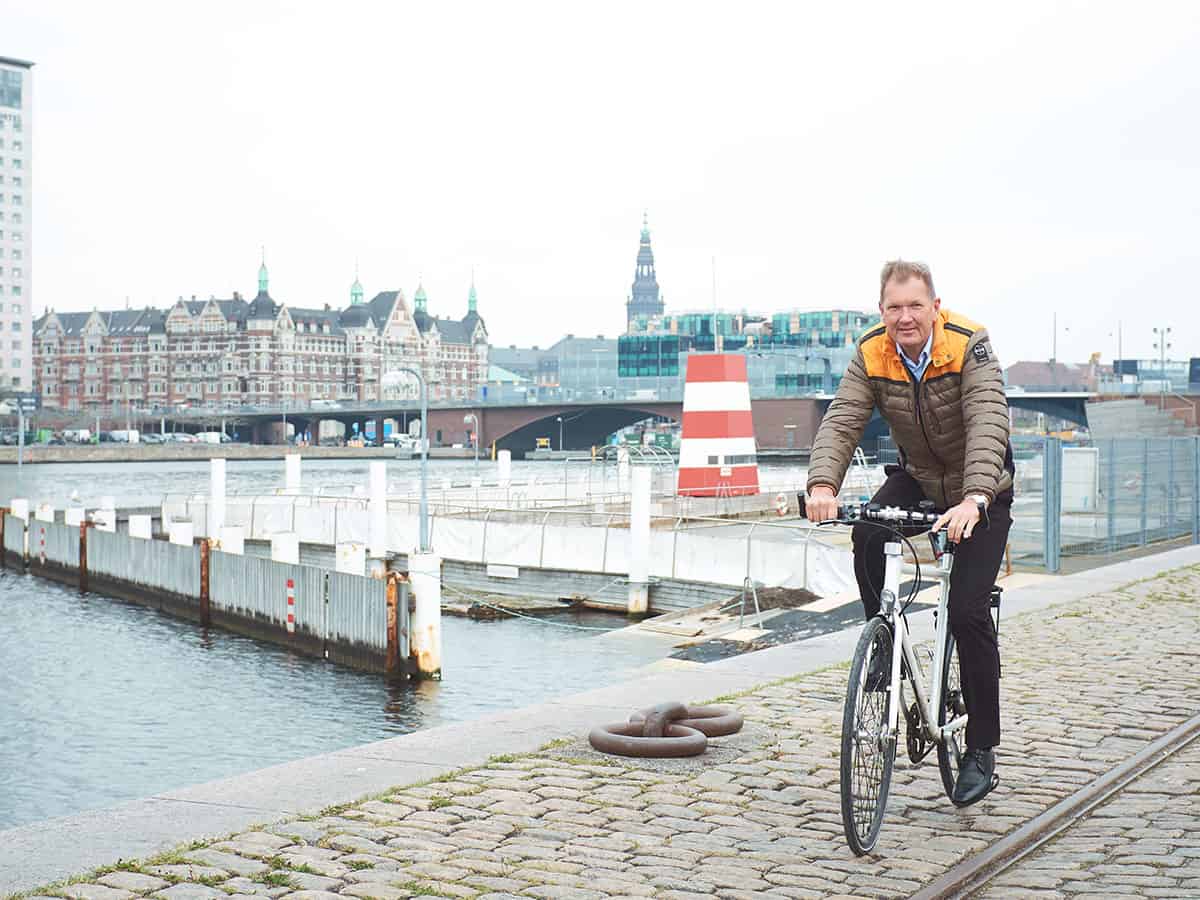
Certainly, life is going to be very different in a net-zero world, but it’s far from the hair-shirt and lentil-eating existence that I might have imagined. And, if Copenhagen is anything to go by, net-zero living could be positively rosy. Back in 2009 the city set itself the goal of becoming carbon neutral by 2025. With five years to go, the city is pretty much on track, having reduced its emissions by 42% over the last 15 years, while growing its economy by 25%. Today two-thirds of trips in the city are made on foot, cycle or public transport, and more than half of the city’s heat and power is supplied by renewable energy. “We were motivated by wanting to improve the ‘liveability’ of the city, to combine sustainability and good quality of life,” says Bo Asmus Kjeldgaard, former mayor of the city and now chief executive of sustainable consultancy Greenovation.
But getting here has required tough decisions and significant investment. “Back in the 1990s we made it mandatory to connect to Copenhagen’s district heating system. Lots of people were against this but we knew we had to connect everyone to get the full benefit,” says Kjeldgaard. Ownership of utilities companies was also important, to ensure the city had control of its own power. However, it hasn’t all been top-down decision making, and Kjeldgaard is clear that working collaboratively with all stakeholders and gaining the trust of local people have been crucial too (see box below).
Kjeldgaard is also well aware that the city has not addressed the emissions associated with air travel, what people eat or what they choose to buy. “This wasn’t part of our calculation because we can’t control this, but we should be calculating these emissions and informing people about the choices they make,” he says. Kjeldgaard thinks there are still big challenges ahead for Copenhagen, but he is pleased that the city has demonstrated what can be achieved with good planning. “It hasn’t been like going back to the old times. We’ve shown that you can still be modern, use your computer, live in a nice home and eat inventive food, but also enjoy clean air and nature in the city,” he says. And if that is what is on offer, I’ll have a slice of that.
Governance for a carbon-neutral world
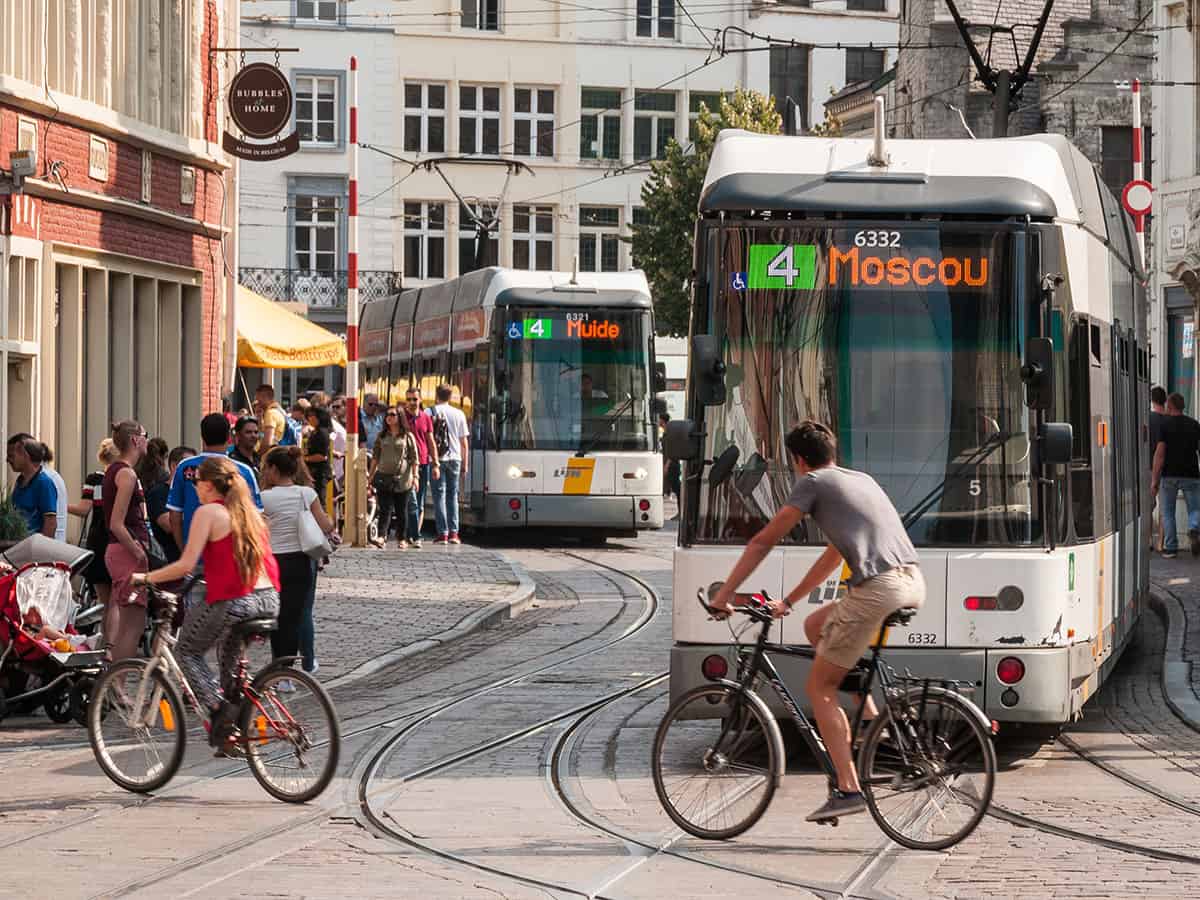
Whichever the route, the journey to net zero it is a daunting challenge. So where do we begin? Beth Sawin, co-director of the US think-tank Climate Interactive, thinks that we need to start by implementing solutions that solve more than one problem – a technique she calls “multi-solving”. “For example, if we make walking and cycling safer, it helps to reduce air pollution and traffic congestion, and improve people’s health,” she explains.
But the convention of allocating budgets to specific government and council departments doesn’t favour multi-solving, with the transport department, say, spending money on cycle paths but failing to get the credit for the health savings, for example. “We need to connect decision-makers across different departments and allow them to take the whole system into account. Cities with mayors are often better able to do this,” says Sawin.
But that doesn’t mean we need to wait for a mayor to come along. Sawin has been involved in a number of successful multi-solving projects, where the wisdom and desires of the groups of people with most at stake are incorporated into the decision-making process. One such collaboration in the US city of Atlanta, known as the Just Growth Circle, brought together almost 70 people including representatives from government, business, philanthropy, conservation and local community groups. Over time the group members have come to trust each other, and worked together to shape an urban restoration plan, creating parks, walking trails and clean rivers, but also securing commitments to protect against gentrification of the neighbourhood. “Because these groups of people are already connected, they are able to seize opportunities when they arise, and steer towards outcomes like equity, climate protection and health,” says Sawin.


